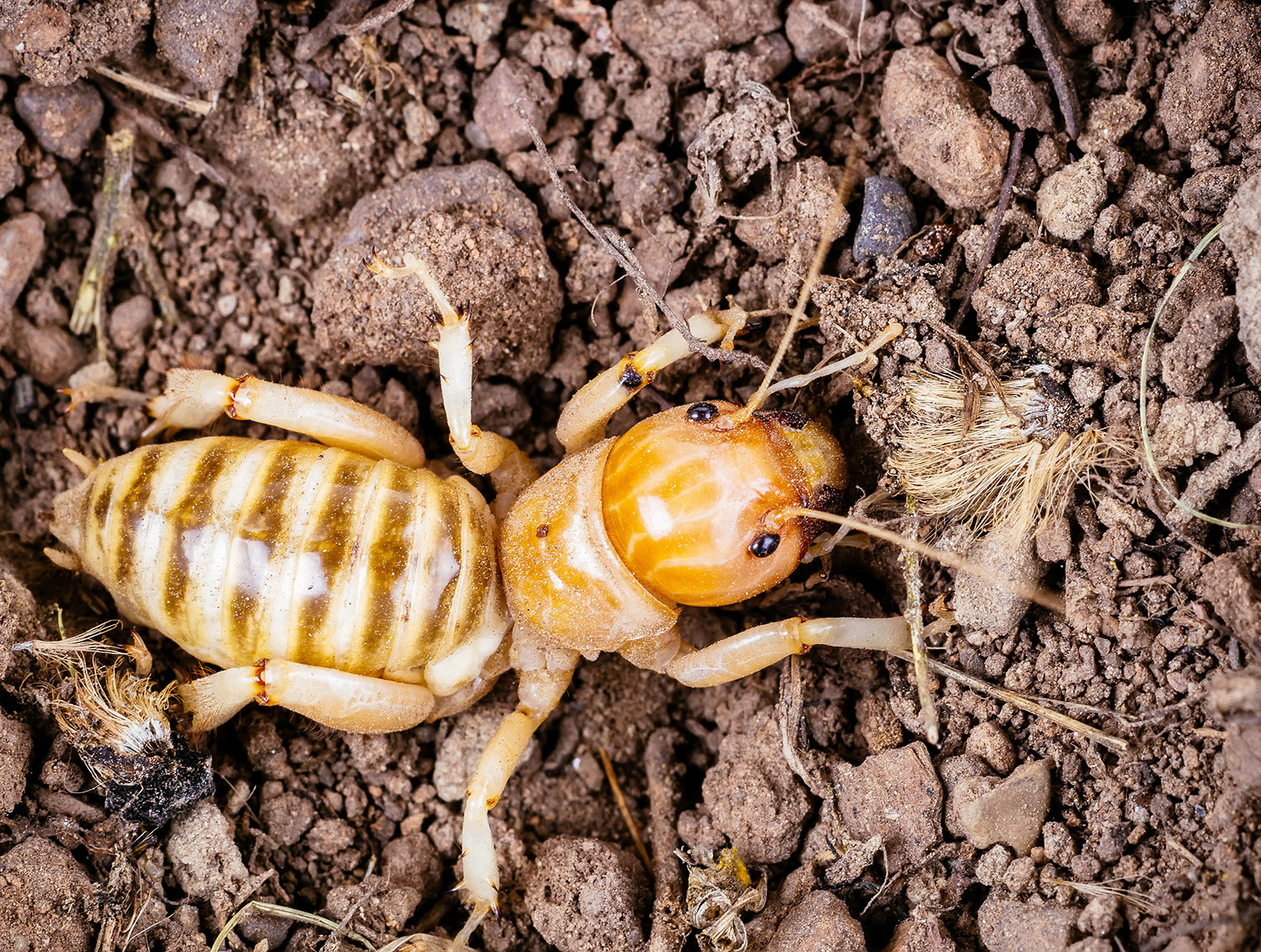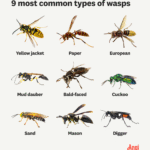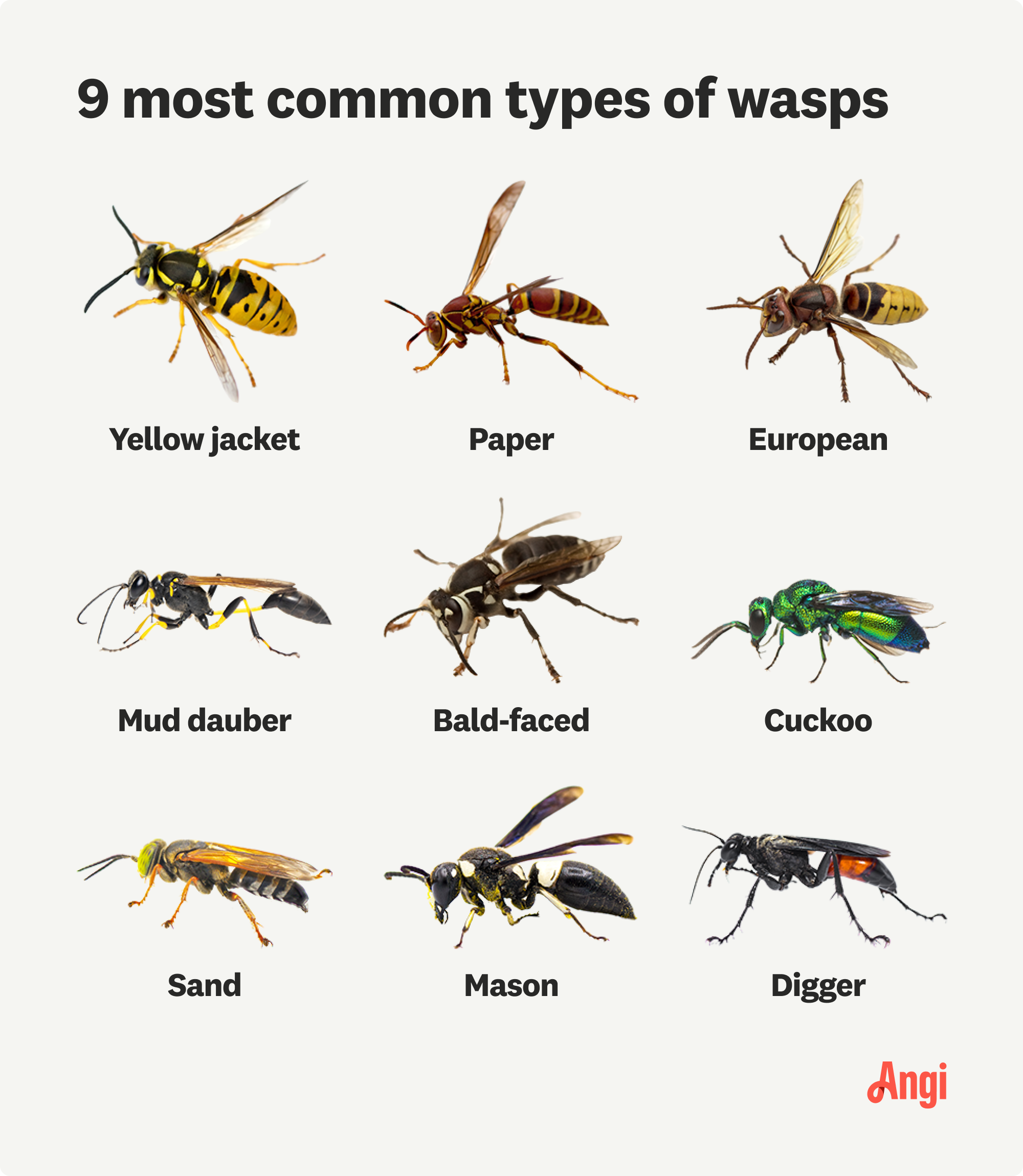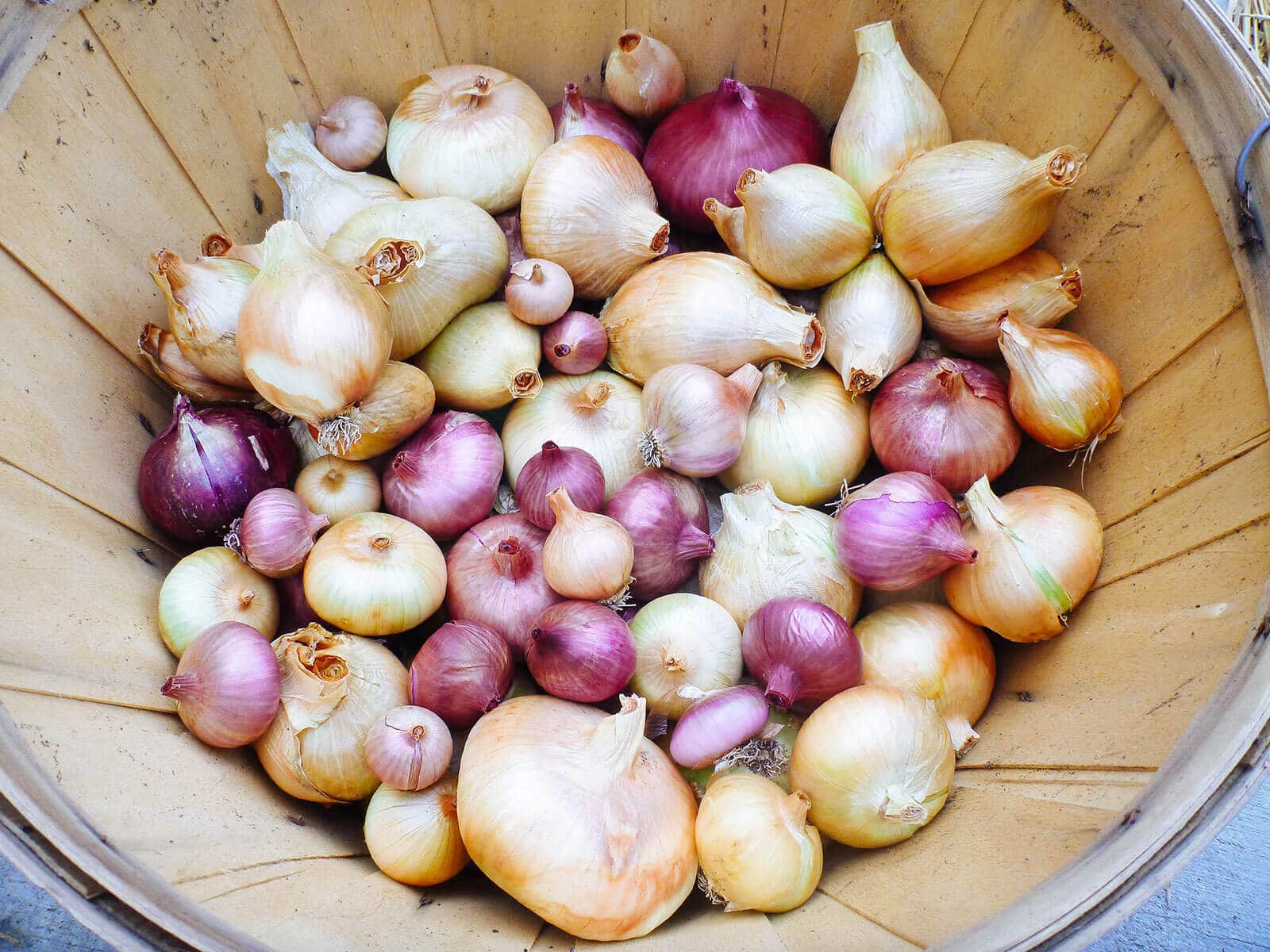Many gardeners and homeowners are familiar with the sight of potato bugs, but there’s often confusion and curiosity surrounding these creatures. Known for their striking appearance, they elicit reactions of surprise and, sometimes, concern. But do they actually pose a threat?
Jerusalem crickets, commonly referred to as potato bugs, are a topic of interest for many. In this detailed guide, we’ll dive into their world, exploring everything from their diet to the best methods for managing their presence.
What Are Potato Bugs?
Despite their common name, potato bugs are not true bugs but rather a type of insect known as Jerusalem crickets. They belong to the genus Stenopelmatus and are easily recognizable by their large, round heads, and stout, striped bodies. With no wings to speak of, they rely on their powerful hind legs for digging and mobility.
These nocturnal insects are more than just garden dwellers; they play a pivotal role as decomposers, breaking down dead plant material and helping maintain healthy soil ecosystems. A key characteristic that often sets them apart is their human-like head, which has inspired a myriad of myths and stories.
Though they can be found in gardens, their presence isn’t necessarily a cause for alarm. Understanding the habitat of potato bugs is crucial for gardeners looking to maintain a healthy balance in their outdoor spaces.
Where Did the Name Jerusalem Cricket Come From?
The name “Jerusalem cricket” is a bit of a mystery. One theory suggests that it may have originated from the Navajo moniker for the insect, which means “skull insect” or “skull head.” This likely refers to their prominent, human-like head. Despite its name, this creature has no particular association with Jerusalem or the Middle East.
Another possibility is that the term evolved from a mispronunciation or mishearing of a Spanish name for the insect. Regardless of its origin, the name has stuck and is now commonly used to refer to these distinctive creatures.
Where Can You Find Jerusalem Crickets?
Jerusalem crickets are primarily found in the western regions of the United States and Mexico. They thrive in dry climates and are often discovered in moist, sandy soils. These environments provide the ideal conditions for them to dig and find food.
Gardeners might encounter them while turning the soil, as they spend much of their time underground. Their nocturnal nature means they are most active at night, which is when they are most likely to be spotted above ground.
They are not typically found in urban areas, preferring the quiet and seclusion of less disturbed habitats. However, they may wander into homes or garages in search of moisture or shelter.
What Do Jerusalem Crickets Eat?
Jerusalem crickets are omnivorous insects, with a diet that includes both plant and animal matter. Their strong mandibles are well-designed for chewing through tough organic materials. Some of their preferred foods include:
- Dead and decaying plant matter
- Roots and tubers
- Small insects
Through their diet, they contribute to the process of decomposition, which is essential for soil health. They aid in breaking down organic materials, making nutrients more readily available for plant uptake.
Due to their preference for dead or decaying matter, they are not usually considered a significant threat to healthy plants. However, they may occasionally feed on young plants or seedlings if other food sources are scarce.
How To Get Rid Of Jerusalem Crickets?
If you find yourself with an unwelcome congregation of Jerusalem crickets, there are several steps you can take to manage their numbers:
- Eliminate moisture sources near your home, such as leaky faucets or standing water.
- Remove potential shelters like piles of wood, leaves, or other debris around your property.
- Seal cracks and crevices in your home’s foundation to prevent them from seeking refuge indoors.
- Consider using barriers like diatomaceous earth around the perimeter of your home to deter them.
While chemical pesticides are an option, it’s important to consider the ecological role these insects play and opt for more natural, less impactful ways to manage their presence whenever possible.
What Happens If A Jerusalem Cricket Bites You?
While Jerusalem crickets are not venomous, they do possess strong mandibles that can deliver a painful bite if they feel threatened. The bite is usually not medically significant, but it can cause moderate pain and, in some cases, a mild allergic reaction.
The best way to avoid being bitten is to handle them with care or, better yet, not at all. If you do get bitten, the pain is typically short-lived, and the bite can be treated with basic first aid measures.
How To Treat A Bite From A Jerusalem Cricket?
Should you experience the unfortunate event of a Jerusalem cricket bite, here are some steps to alleviate the discomfort:
- Clean the bite area with soap and water to prevent infection.
- Apply a cold compress to reduce swelling and pain.
- Take over-the-counter pain relievers if necessary.
- Monitor the bite for signs of infection or an allergic reaction.
If symptoms persist or worsen, seek medical attention to ensure proper care and treatment.
Are Jerusalem Crickets Common?
Jerusalem crickets are fairly common in their native habitats, although they are not often seen due to their nocturnal and subterranean lifestyle. They are more frequently encountered during their mating season, which typically occurs in the fall.
Their prevalence in an area can depend on several factors, including climate, soil conditions, and availability of food. While they may appear in significant numbers occasionally, they are generally not considered a common pest in most regions.
Related Questions on the Nature of Jerusalem Crickets
Do Potato Bugs Bite?
Yes, potato bugs, or Jerusalem crickets, can bite. However, they are not aggressive by nature and typically only do so if handled or threatened. Their bites can be painful but are not dangerous to humans.
These insects are more interested in evading predators and finding sources of food than engaging with humans. It’s best to observe them from a distance to avoid any unwanted encounters.
What Do Potato Bugs Do to Humans?
Potato bugs do not actively seek out human interaction or cause harm. They do not carry diseases and are not venomous. In the rare case of a bite, it is usually a defensive response, and other than causing temporary discomfort, they do not have any lasting effect on humans.
Instead of worrying about what potato bugs could do to humans, it’s more productive to appreciate their role in the ecosystem as decomposers and soil aerators.
What’s the Best Way to Get Rid of Potato Bugs?
The best approach to managing potato bugs is to create an environment that is less appealing to them. This involves reducing moisture, eliminating hiding places, and maintaining a tidy garden. For those seeking a more proactive approach, introducing natural predators or using environmentally friendly deterrents can be effective.
Resorting to chemical controls should be a last resort, as it can disrupt the natural balance of your garden and harm beneficial organisms.
Are Potato Bugs Actually Bugs?
Despite their common name, potato bugs are not true bugs. They belong to a different order of insects known as Orthoptera, which includes crickets and grasshoppers. The term “bug” is often used colloquially to refer to any small, crawling creature, but in the scientific community, it has a more specific classification.
True bugs belong to the order Hemiptera and have distinct characteristics, such as piercing-sucking mouthparts, which potato bugs do not possess.
For a visual understanding of these fascinating creatures, check out this video which provides a closer look at Jerusalem crickets in their natural habitat:
In conclusion, while the sight of a Jerusalem cricket might be startling, it’s important to remember that these creatures are an important part of our ecosystem. With a better understanding of their habits and how to manage their presence, we can coexist with these interesting insects without undue concern.







